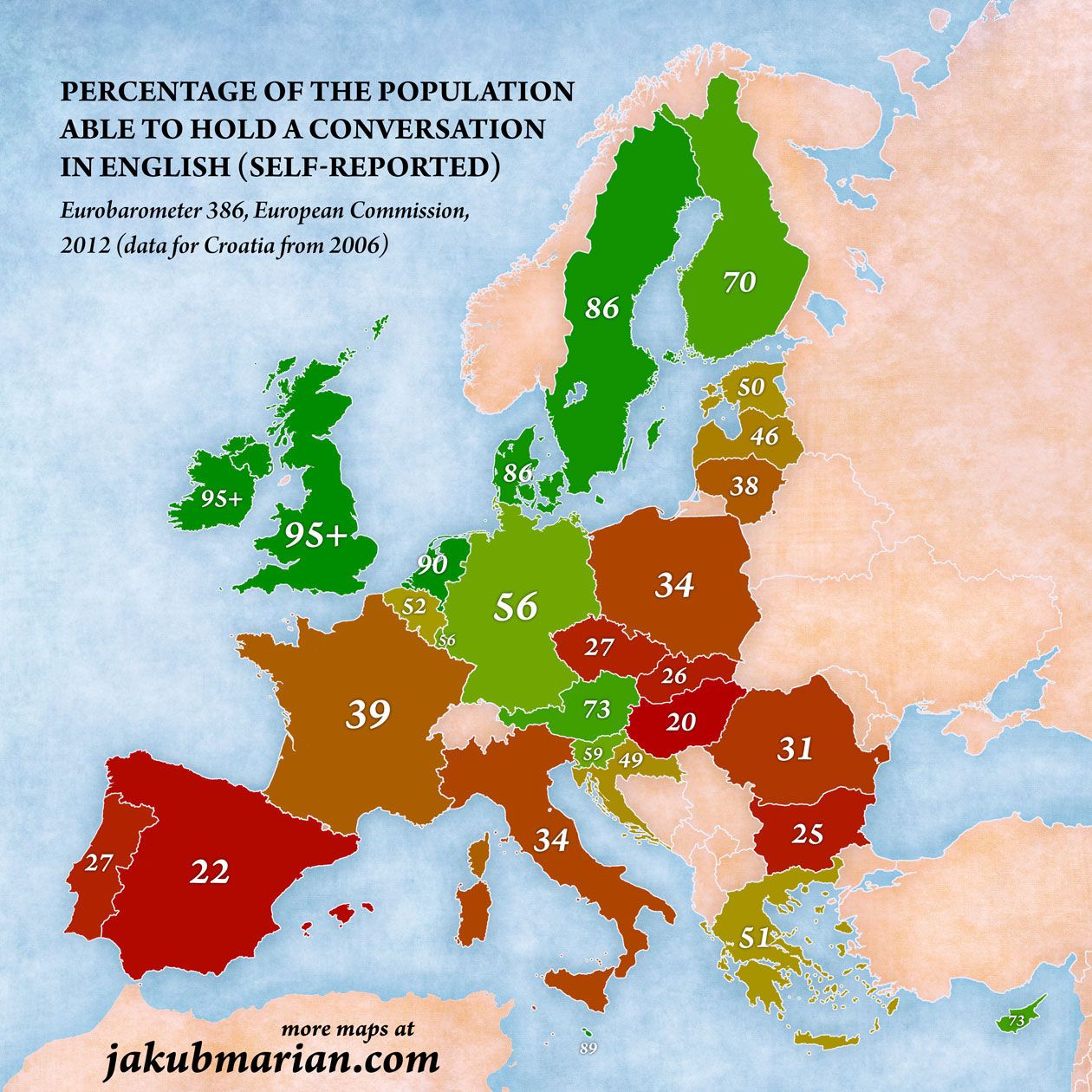
The Hindu-Arabic numeral system uses exactly ten symbols that you are probably familiar with: 1, 2, 3, 4, 5, 6, 7, 8, 9, and 0. Most countries use the so-called Hindu-Arabic numeral system to write down numbers. 7 × 8 equals 56, both in the United States of America and in Germany 2. This is also true for calculations: 2 + 2 equals 4, both in France and in China. Numbers and Maths Are Pretty Universalĭoing basic maths 1 seems to be a pretty common thing-you do it, I do it, even very young children do it before they go to school, for instance, when they count marbles. We also show how the way multi-digit number words are built can make learning maths and dealing with large numbers easier or more difficult. In this article, we will give examples of what number words in different languages look like. Although most of us use the same symbols to write down numbers (1, 2, 3, 4, …), we use very different words for these numbers simply because we speak different languages. 7 × 8 equals 56, both in the United States of America and in Germany. 2 + 2 equals 4, both in France and in China. "I see it as part of a larger issue," said Butterworth.Doing basic maths seems to be a pretty common thing. To Butterworth, numbers are just the beginning. What is the role of language, if it's not causal?" The study, said Gelman, "really opens the door to questions. Nevertheless, the kids counted just as well – and often better – than their English-speaking counterparts. "It's not just that these cultures lack the words for numbers: they just don't count things," said Butterworth. Of the 45 children in the study, 32 spoke Warlpiri or Anindilyakwa. It is very difficult to get good data from indigenous groups unless you have people in the community." "The most important thing is that indigenous people ran the tests.

"This paper does everything right," said Rochel Gelman, a Rutgers University cognitive development specialist who reviewed the paper.

Butterworth's latest study, published today in the Proceedings of the National Academy of Sciences, may prove more conclusive.


 0 kommentar(er)
0 kommentar(er)
